When does the surgery get complicated?
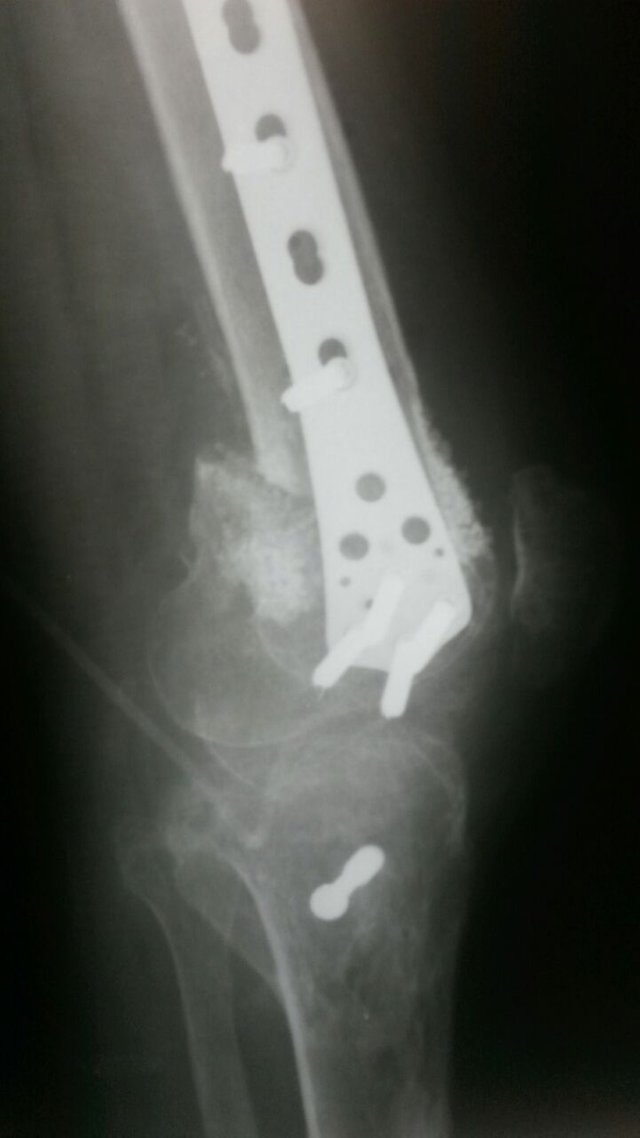

Complications
Fractures are treated conservatively or surgically in order to restore the functionality of the affected bone and limb to reintegrate the patient into life. It is important to have experience to determine which treatment is the most convenient. If the treatment is incorrect, complications may occur (pseudoarthrosis, bone infection, deformity or shortening of the bone).
There are numerous consultations for bone fractures. Sometimes they are solved in the first veterinary intervention, but in other occasions they need a second approach to correct the different problems that can arise. Next, this month's special issue covers the complications that can occur in fractures repaired with plates and screws, what are the most frequent abnormal developments in old fractures and the main considerations of traumatology in birds.
At present, the use of plates and screws as implants for the resolution of fractures in veterinary medicine is a method commonly used by traumatologists, given its good results in the fixation and stabilization of the fracture focus. Although an excellent method of fixation is not exempt from possible complications, the most common are described below.
Taking into account all the possibilities offered by these materials in traumatology, specific plates have been developed both for the treatment of certain fractures (acetabular, distal radius, distal femur, etc.) and for all types of orthopaedic surgery (triple pelvic osteotomy, osteotomy of tibial levelling, arthrodesis, etc.). But although they represent an excellent method of fixation and repair, they can lead to complications.

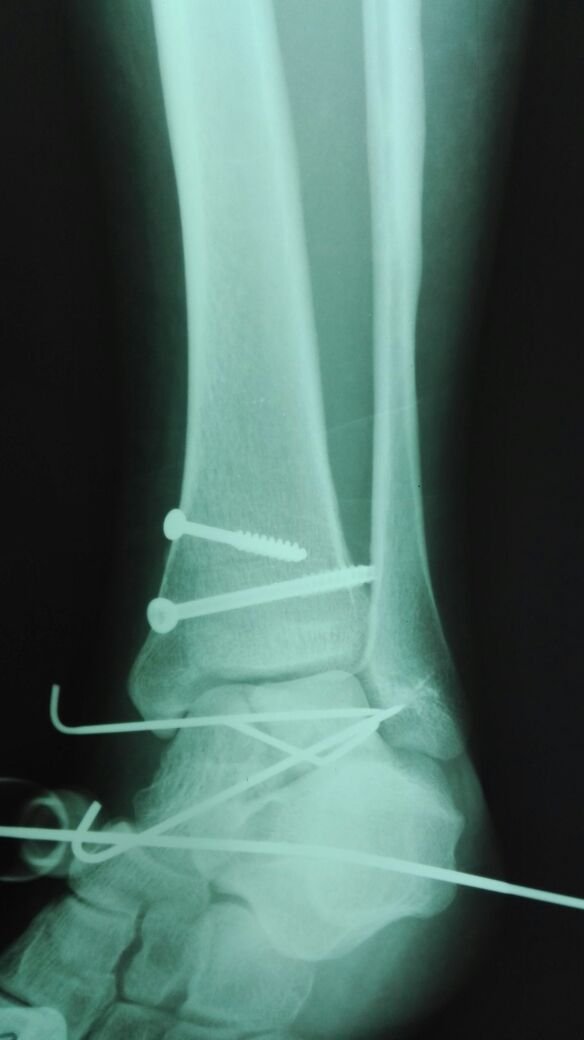
Most Common Errors
The most common errors associated with the technical application of plates and screws have to do with the biomechanics of implants. Whenever a fracture is repaired through the use of an orthopedic implant, a competition is established between the time necessary for the consolidation of the fracture and the useful life of the implants, without the latter losing their fixation capacity.
Among other factors related to biomechanical failures of fractures stand out:
- Inadequate implant selection.
- Inadequate number of implants.
- Inappropriate screw fixation.
- Poorly positioned screws or plates.
- Deficient contouring of the plates.
Complications associated with a bad surgical technique are the most frequent. When the global bone surface permits, a minimum of three screws should be applied to each side of the fracture site.

Choice of the plate and arrangement of the screws
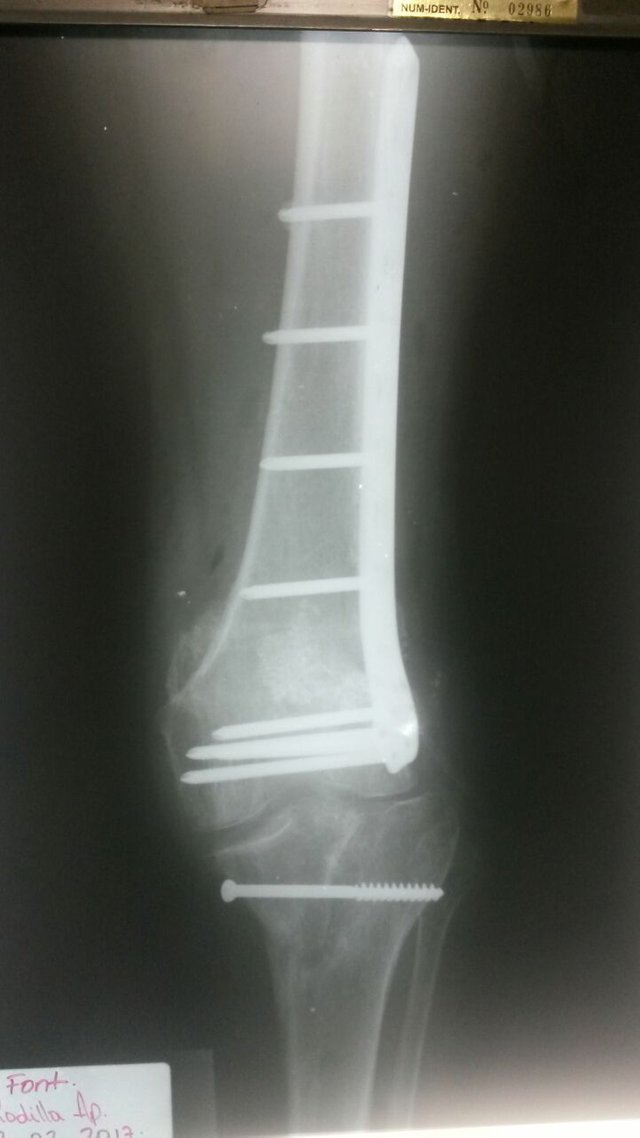
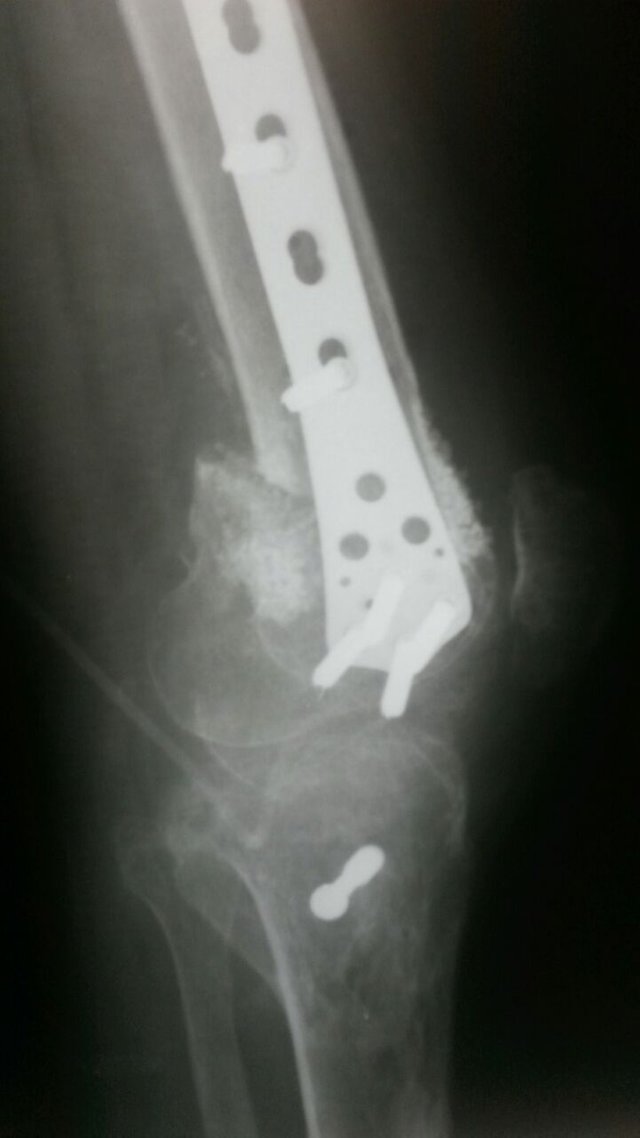
Choosing a plate that is too small both in length and profile can easily lead to implant rupture. When the overall bone surface permits, a minimum of three screws should be applied to each side of the fracture site. If the fracture is very close to a joint it is possible that this rule cannot be applied, simply because there is not enough bone length. In these cases, at least two screws should be placed close to the joint.
From a commercial point of view, there is an increasing availability of specific plates for the resolution of specific fractures. In some special cases, the manufacturer may be asked to customize the implant for a specific case, as factors such as length, profile, shape or number and arrangement of screws must be taken into account when planning the resolution of fractures with osteosynthesis plates.
The arrangement of the screws within the plate is also very important in assessing the fatigue strength of the plate. Experimental studies have shown that if the two screws close to the fracture site are removed from a plate, their rigidity is reduced by 35%. If, in addition to eliminating the two anterior screws, there is a bone defect in the fracture site, the stability is reduced by up to 60%. If a hole is left in an empty plate, it will become an area of concentration of stress forces with the consequent fatigue of the material.
Early loosening of the screws can be associated with alterations in the surgical technique, excess mechanical load on the part of the patient or altered bone densities, as in the case of spongy bones or osteoporosis. When a surgeon encounters a comminuted fracture, in which the application of screws is not possible, he may choose to use an elongation plate (solid central part) and thus increase the overall strength.

If you need recommendations or help in orthopedic surgery and traumatology do not hesitate to contact me.
Dr. Leopoldo Maizo - Orthopedic Surgeon
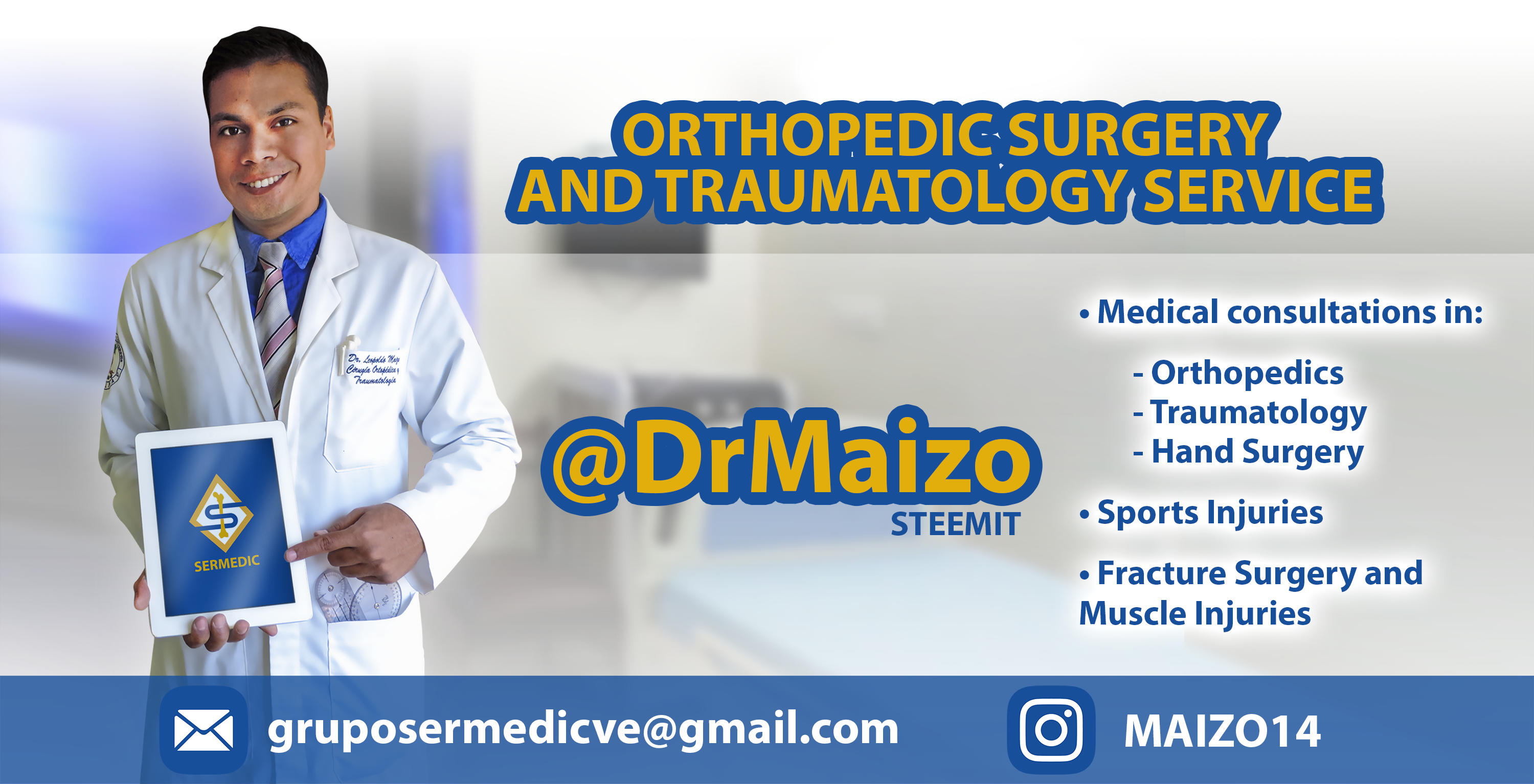
Firma diseñada por @themonkeyzuelans, contáctalos vía Discord "themonkeyzuelans#9087"
Great projects from the Steemit community:
- My Fundition campaign: https://fundition.io/#!/@drmaizo/6f88ggj8h



.png)
This project is being supported by @Fundition the next-generation, decentralized, peer-to-peer crowdfunding and collaboration platform, built on the Steem blockchain.
Read the full details of Fundition Fund program
Learn more about Fundition by reading our purplepaper
Join a community with heart based giving at its core
Fundition is a non profit project, by supporting it with delegation you are supporting 200+ projects.
50SP100SP200SP500SP1000SP2000SP5000SP10000SP